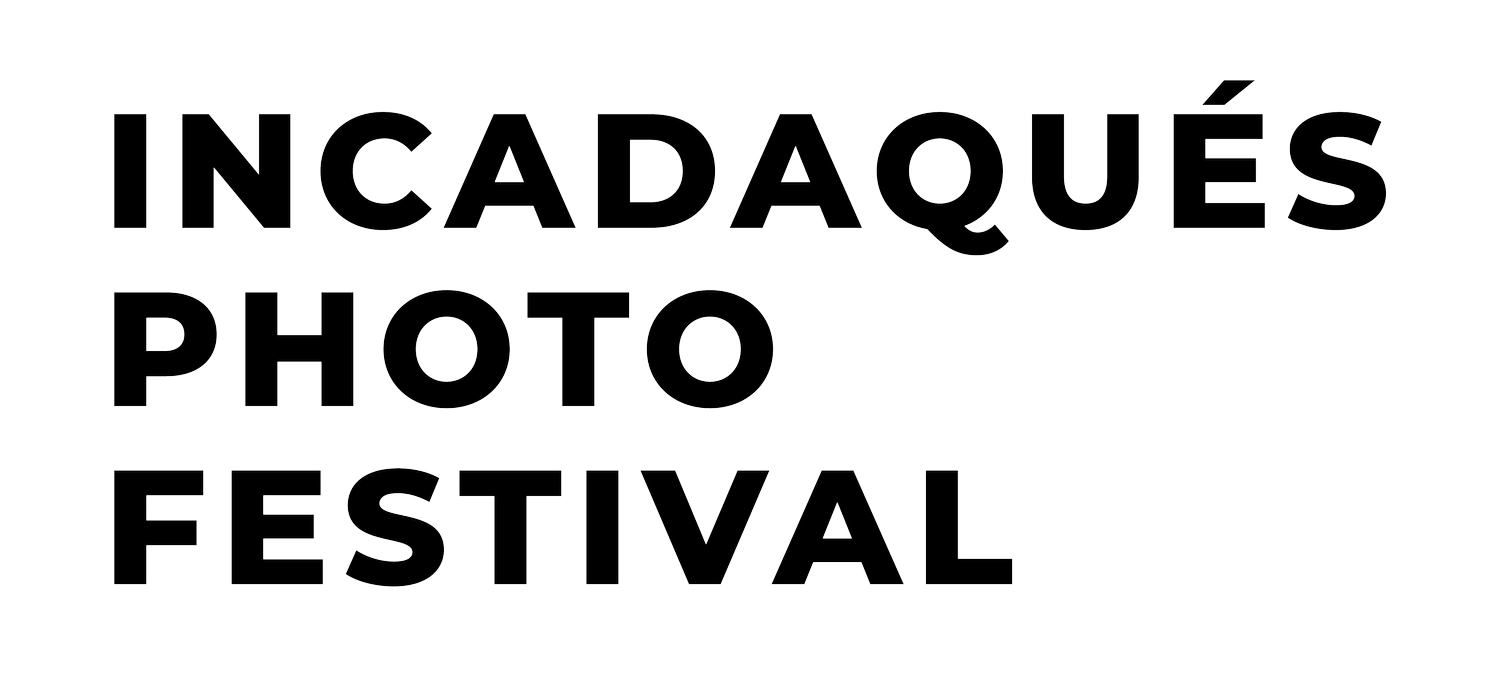Kurama
JAPAN
'Kurama is a mysterious, even mystical artist' wrote Henri Robert (PEN Magazine) about photographer Kurama. In fact, very little is publicly known about him (her), apart from the fact that he (she) was born in the 1960s into a multi-ethnic family, has lived in different Asian and Western countries. Much of Kurama's photographic practice is devoted to the social taboos and censure associated with women's sexuality and sexual freedom, subjects that Kurama depicts with erotican, offering a clear dive into his (her) intoxicating universe.
Kurama has a Plastic Arts degree in printmaking. His (her) work is not limited to silver gelatin photography, as the artist has also experimented with serigraphy and lithography as alternative printing methods.
Kurama’s past exhibitions go back to the late 1980s and early 1990s with exhibitions in the USA (Chicago, New York, Saint Louis), Osaka Japan at the JUJIRU Gallery and in the late 1990s in Buenos Aires, Argentina. It is only in 2004 that his (her) works resurfaced, this time in Taipei Taiwan, showing his silver gelatin prints of elephants and sex-slaves-workers from Thailand. In these images, Kurama highlights the paradox between the veneration of elephants in Theravada Buddhism and their exploitation for labour and tourism in South and Southeast Asian countries, as well as the conflict between the worship of women in Thailand, who are considered religious deities and who yet live mostly as sex workers.
This exhibition led to the book Elephant, published in 2016 by in)(between gallery Paris. The most recent exhibitions date from 2016 at the Zurcher Gallery in New York, and 2017, 2018, 2019 at in)(between gallery Paris.
• SERIES •
Untitled
Untitled
'With Kurama, there is nothing to understand, no message. For him, anything that relates to carnal love, sensuality, and sexuality and stimulates amorous desire and libido can be described as erotic. Why couldn’t a turtle be erotic? If this makes the public feel uneasy, it means that a good part of the work has already been done, and that we are entering his universe. Animals, their death and their representation can awaken these senses, in the same way as can a body entangled in ropes, and the observation of a person having chosen to give themselves over to what they consider to be a form of pleasure', wrote Henri Robert (PEN Magazine), referring to Kurama's controversial photography book Kame San Turtle, published in 2018 by in)(between gallery Paris.
That is correct however, Kurama’s rich body of work mostly focuses on revealing the social censorships surrounding sexuality from Central to Southeast Asia, where it is socially acceptable for women's sexuality and womanhood to be censored and forced into hiding in the dark, as well as is it for religiously worshipped animals to be abused and deprived of their freedom.
This selection of images presented for the 2022 edition of the InCadaqués festival aims to show how the representation of eroticism allows the artist to reveal the censorship exercised over female sexuality and the freedom of bodies.





